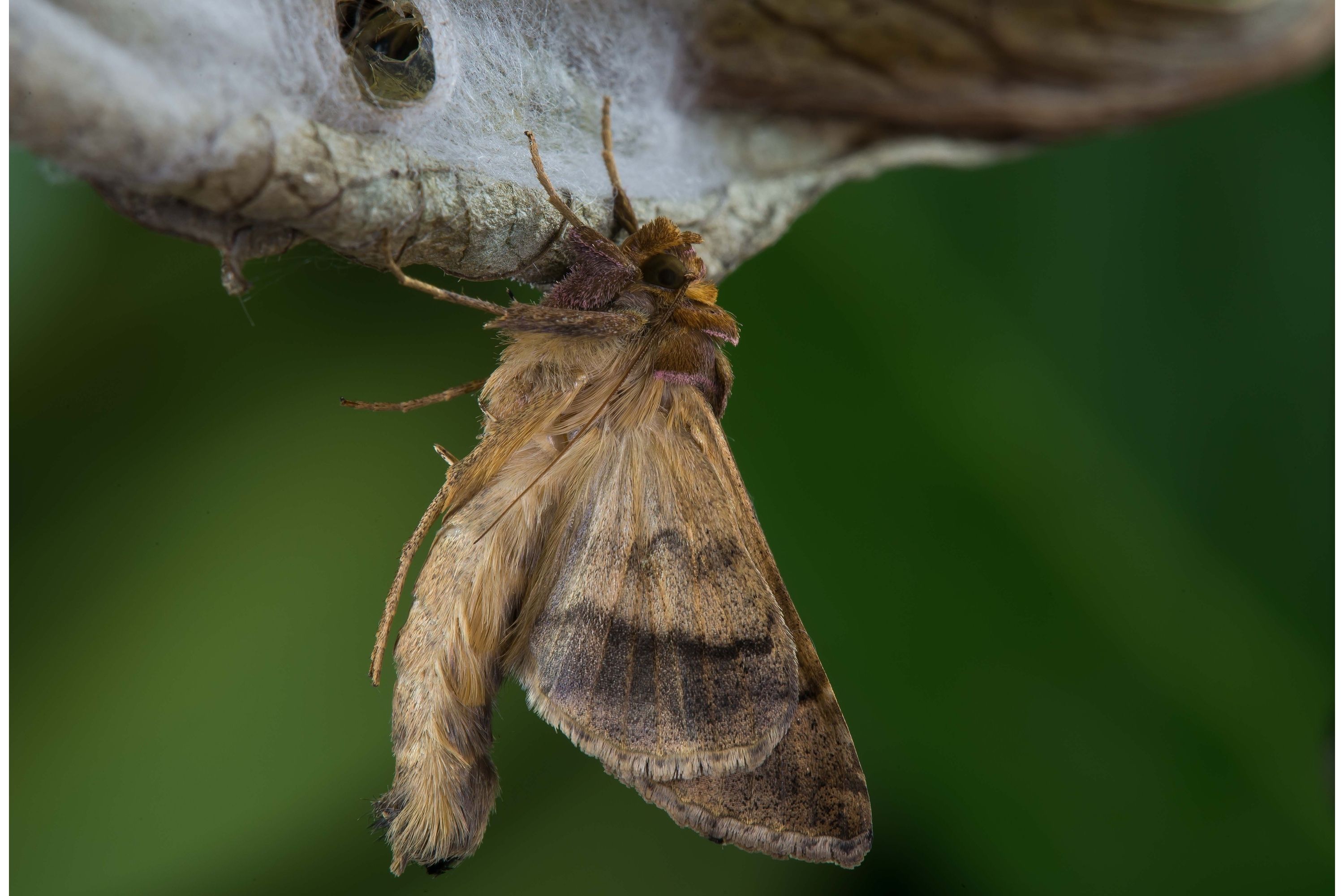Tomato looper
(Chrysodeixis chalcites)

Description
The tomato looper or golden twin-spot moth (Chrysodeixis chalcites) is a moth of the family Noctuidae, subfamily Plusiinae. It mainly lives in southern Europe, the Levant and tropical Africa, but can be seen migrating across much of Europe. In 2013, it was spotted in Canada. It is an important horticultural pest in New Zealand. The length of the forewings is 15–18 mm. The moth flies from June to October. The larvae feed on various herbaceous plants, such as Echium vulgare, Apium, Rubus, tomato, Fragaria and tobacco which is why it is perceived as a pest. Chrysodeixis chalcites and Chrysodeixis eriosoma moths cannot be separated morphologically and they may be sibling species. They are distinguished by DNA, pheromones and geographic origin, as C. chalcites is found in the palearctic and C. eriosoma in the tropics and subtropics. The literature referring to C. chalcites in southern and eastern Asia or Oceania may actually refer to C. eriosoma. Chrysodeixis is a genus of moths of the family Noctuidae described by Jacob Hübner in 1821.
Taxonomic tree:







